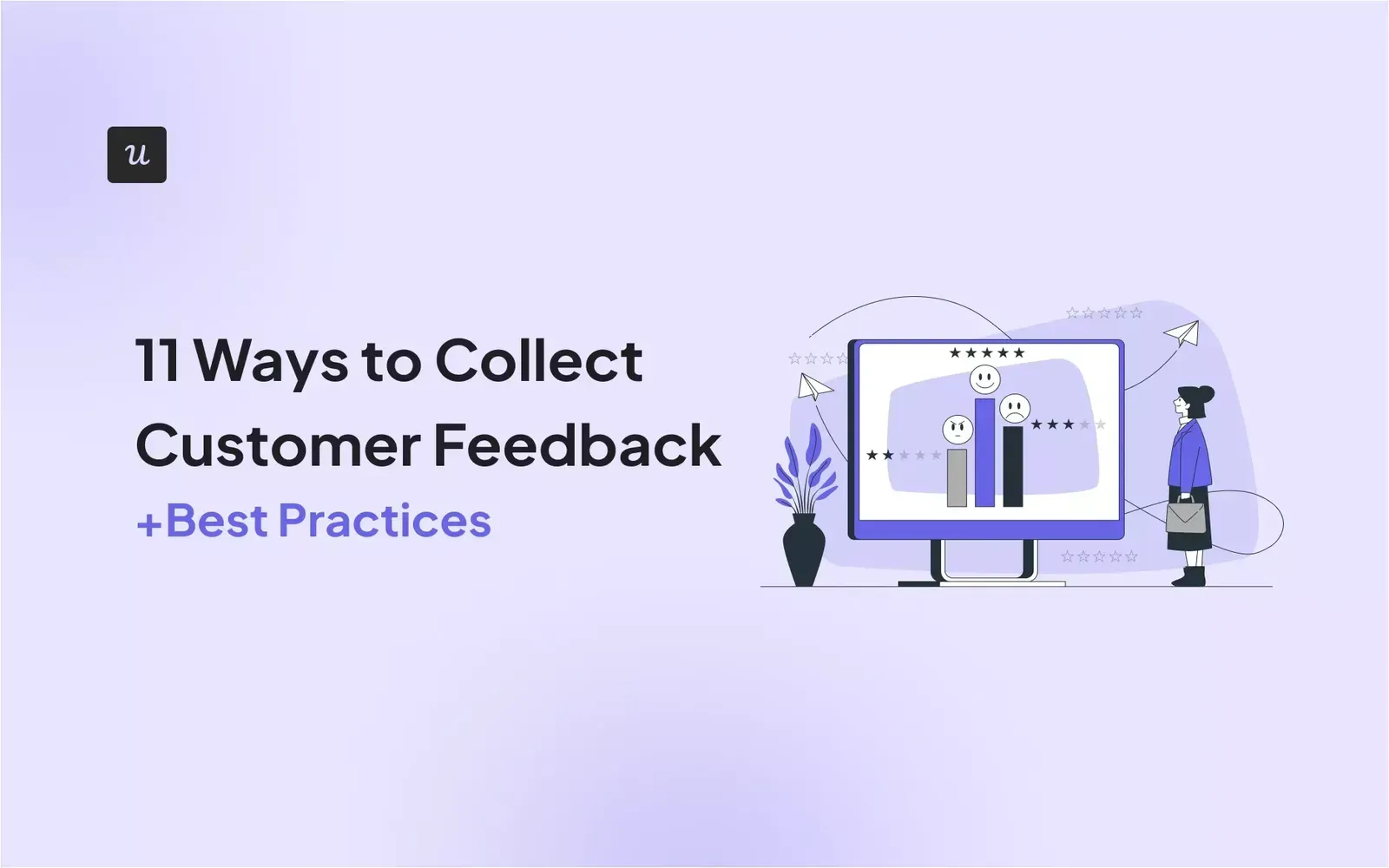Collecting customer feedback is essential for any business aiming to improve products, services, and overall customer satisfaction. However, not all feedback is created equal. Understanding how to gather ''valuable customer feedback'' can make a significant difference in your decision-making process and help you align your offerings with customer needs. Here’s a detailed guide on how to collect customer feedback that’s truly beneficial.
1. Define Your Objectives
Before launching a feedback collection initiative, it’s crucial to outline your objectives. What specific information are you seeking? Are you looking to improve a particular product, enhance customer service, or gauge overall customer satisfaction? Clearly defined objectives will guide the types of questions you ask and the methods you choose to collect feedback.
2. Choose the Right Channels
The channel through which you collect feedback can significantly influence the quality of the responses you receive. Here are some effective channels to consider:
| Channel | Description | Pros | Cons |
|---|---|---|---|
| Email Surveys | Send surveys directly to customers via email. | High response rate; customizable. | May end up in spam; limited to existing customers. |
| Social Media | Engage with customers on social platforms. | Real-time feedback; wide reach. | Can be less structured; potential for negative comments. |
| In-App Feedback | Collect feedback while users are using your app or website. | Contextual responses; immediate insights. | Can disrupt user experience if not implemented well. |
| Focus Groups | Gather a small group of customers for in-depth discussions. | Detailed insights; rich qualitative data. | Time-consuming; potential bias in small samples. |
3. Craft Meaningful Questions
The questions you ask play a pivotal role in the quality of feedback you receive. Here are some tips to craft effective questions:
- Be Clear and Concise: Avoid jargon and ensure questions are easy to understand.
- Use Open-Ended Questions: Encourage detailed responses by asking questions that require more than a yes or no answer.
- Prioritize Important Topics: Focus on areas that align with your objectives, such as product features, customer service, or overall satisfaction.
4. Implement Customer Feedback Tools
Utilizing customer feedback tools can streamline the collection process and enhance the quality of insights. Here are some popular tools to consider:
| Tool | Features | Best For |
|---|---|---|
| SurveyMonkey | Customizable surveys; analytics dashboard. | Email and web surveys. |
| Typeform | Interactive forms; user-friendly interface. | Engaging surveys and quizzes. |
| Google Forms | Free; easy to use; integrates with Google Sheets. | Simple survey needs. |
| Qualtrics | Advanced analytics; customizable templates. | Enterprise-level feedback collection. |
5. Analyze and Act on Feedback
Collecting feedback is only the first step; analyzing and acting on this data is crucial. Use analytical tools to identify trends and insights. Look for common themes in customer responses and prioritize areas for improvement. Once you’ve identified key insights, develop an action plan to address customer concerns and enhance their experience.
6. Follow Up with Customers
After implementing changes based on customer feedback, it’s essential to follow up with your customers. Let them know that their input was valued and resulted in tangible improvements. This not only builds trust but also encourages future participation in feedback initiatives.
7. Continuously Monitor Feedback
Customer feedback is not a one-time activity; it should be an ongoing process. Regularly monitor feedback to stay attuned to changes in customer preferences and experiences. Implementing a continuous feedback loop allows you to remain agile and responsive to customer needs.
Conclusion
Collecting ''valuable customer feedback'' is a strategic endeavor that can drive your business forward. By defining your objectives, selecting the right channels, crafting meaningful questions, utilizing appropriate tools, analyzing data, following up with customers, and continuously monitoring feedback, you can ensure that the insights you gather are actionable and beneficial. Remember, the goal is not just to collect feedback but to create a customer-centric culture that fosters loyalty and drives growth.





